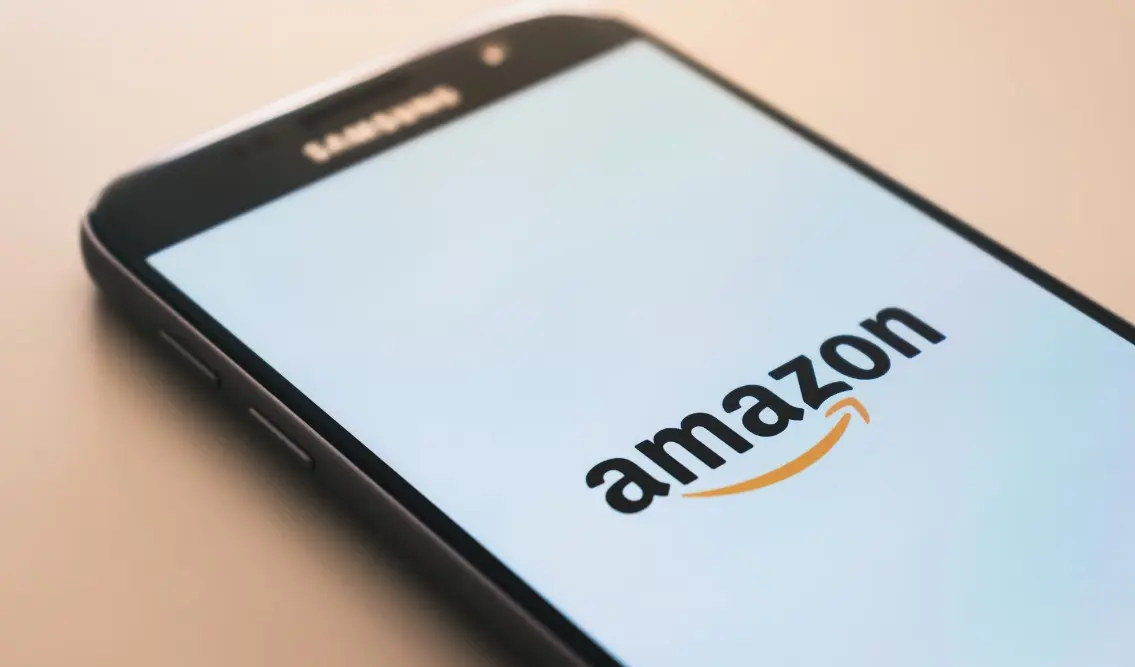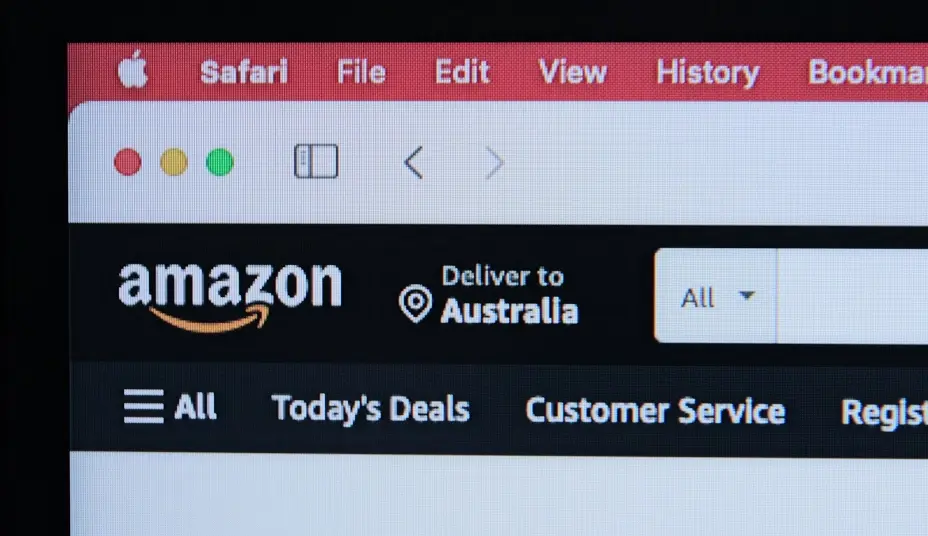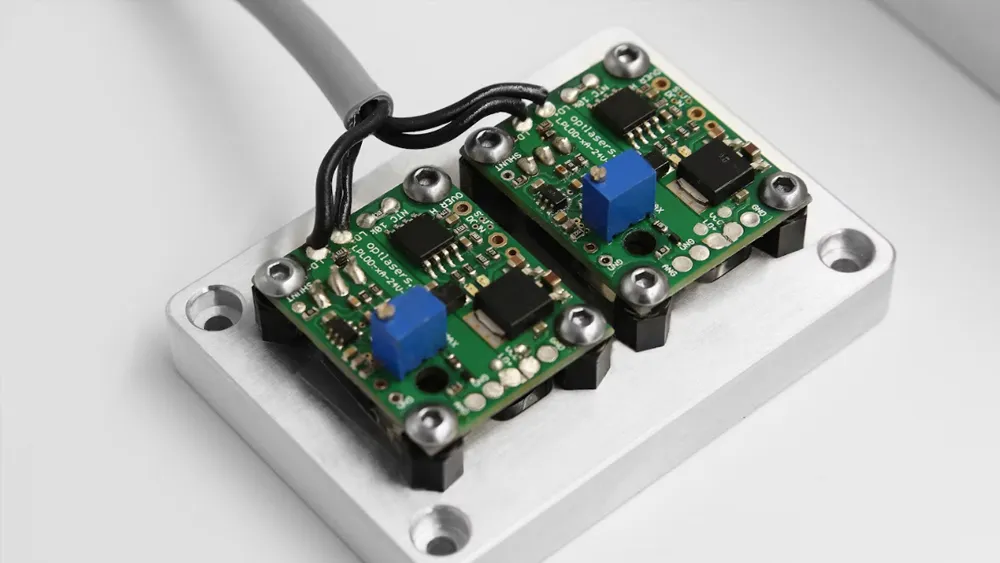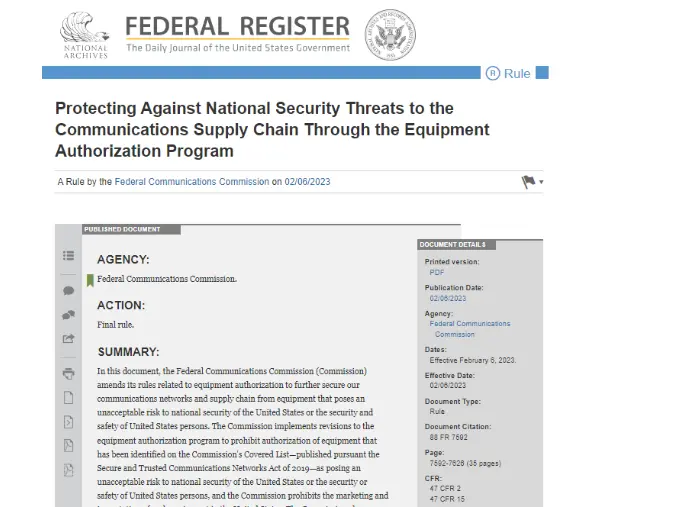
CPSC Infant Lounger 16 CFR 1243 Requirements
Infant products, especially those related to infant sleep, have always been a key area of regULation by the U.S. Consumer Product Safety Commission (CPSC). Since these products are designed for infants aged 0–12 months, any design flaw can result in suffocation, falls, or even fatal accidents.
In recent years, the CPSC has issued frequent recalls of infant sleep products, most of which stem from failure to comply with mandatory safety standards. On September 4, 2025, an infant lounger was recalled by the U.S. Consumer Product Safety Commission (CPSC)due to suffocation and fall hazards.

Recall Details
Reason for Recall:
The product failed to meet multiple mandatory safety standards for infant sleep products due to several design defects:
1. Insufficient Side Height:
The lounger’s sidewalls were lower than the minimum safety height requiRED to prevent infants from rolling and falling.
2. Excessive Cushion Thickness:
The sleeping surface was thicker than the allowed maximum, increasing the risk of suffocation if an infant’s face became pressed against it.
3. Bottom Opening Hazard:
Although the base was enclosed, it contained openings that could allow an infant to slip out or become trapped, posing fall and entrapment risks.
4. Lack of Stable Support:
The portable lounger lacked a support frame, resulting in overall structural instability and a greater risk of tipping.
These violations collectively created an unsafe sleep environmentfor infants, potentially leading to serious injury or death.
a) Units Recalled:Approximately 23,000
b) Sales Channels:Amazon and other online platforms
c) Sales Period:January 2024 – April 2025
d) Consumer Remedy:Refunds of $30–$50
What Is 16 CFR 1243 – Safety Standard for Infant Support Cushions?
On November 4, 2024, the CPSCissued final rule 16 CFR 1243, establishing a consumer safety standard for infant support cushionsto reduce the risk of death or injury associated with their use — particularly suffocation, entrapment, and falls.
The rule took effect on May 5, 2025, and compliance with 16 CFR 1243is mandatory.
Therefore, manufacturers and retailers must submit their products for testingand update compliance reportspromptly to avoid recalls.
Definition – Infant Support Cushion (16 CFR 1243)
An “Infant Support Cushion”is defined as:
> “A padded or resilient infant product, made of foam, fiberfill, bead-like materials, gel, liquid, or gas, that is marketed, designed, or intended to support an infant’s full or partial weight while in a reclined, supine, prone, or other resting position.
> This definition includes any cover or removable case sold with or for use with the cushion.”
Key Requirements of 16 CFR 1243
(1) General Requirements
- No sharp points or edges
- No small parts
- Permanent labels and warnings
- Paint must comply with 16 CFR 1303(lead content limits)
- Toys must comply with 16 CFR 1250
- Convertible products must meet all applicable consumer product safety standards
(2) Performance Requirements
- Restraint Systems:Infant support cushions must notinclude any restraint system.
- Seam Strength:Seams must withstand a 15-pound (≈6.8 kg)force applied evenly for 5 seconds, held for 10 seconds.
- Bounded Openings:If a small head probe passes through an opening, a large head probe must also be able to pass through.
- Maximum Incline Angle:The maximum angleof recline must not exceed 10°.
- Rigidity:Using a 3-inch head probe, a force greater than 10 Nmust be required to move the occupant support surface, sidewall, or their intersection by 1 inch.
- Sidewall Angle:For cushions with sidewalls, the sidewall angle must exceed 90°.
Additional Note
The adoption of 16 CFR 1243does notchange the existing ban on infant cushionsunder 16 CFR 1500.18(a)(16)of the Federal Hazardous Substances Act (FHSA).
Infant cushions made of loose-filled materials(such as polystyrene beads or pellets) remain classified as banned hazardous substancesand continue to be prohibitedfrom sale in the U.S.
Email:hello@jjrlab.com
Write your message here and send it to us
 What are ASTM F963 and CPSIA?
What are ASTM F963 and CPSIA?
 Comparison of ASTM F963 and EN 71
Comparison of ASTM F963 and EN 71
 How to get CSA C22.2 NO.256:14 Test Report?
How to get CSA C22.2 NO.256:14 Test Report?
 How much is the ISTA Amazon Packaging & Shippi
How much is the ISTA Amazon Packaging & Shippi
 Amazon Product Laboratory Testing Requirements
Amazon Product Laboratory Testing Requirements
 How to Get EPA Certificatio
How to Get EPA Certificatio
 What is EPA Certification in the United States?
What is EPA Certification in the United States?
 What is an FCC Registered Agent?
What is an FCC Registered Agent?
Leave us a message
24-hour online customer service at any time to respond, so that you worry!




